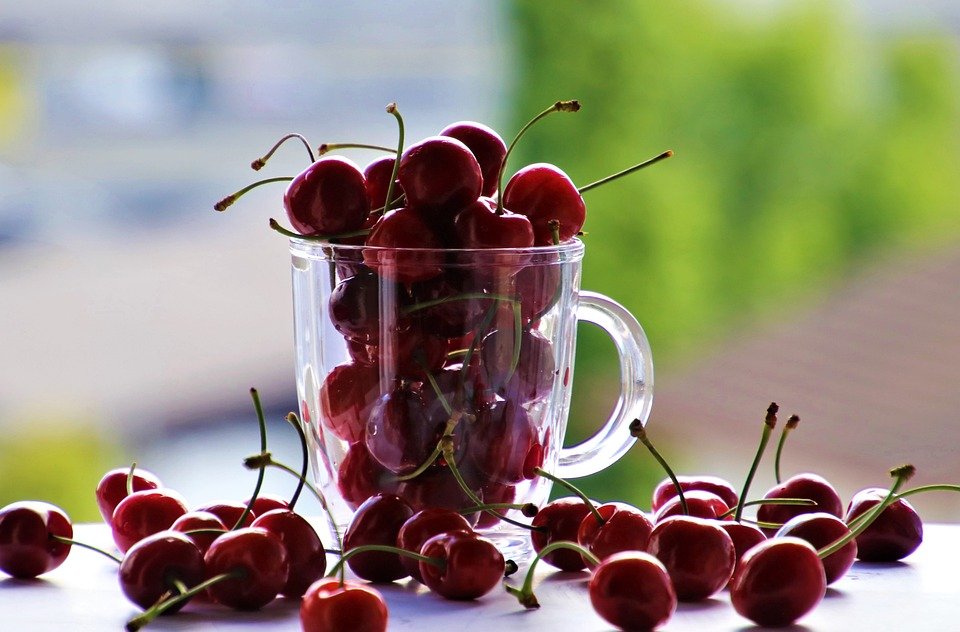In recent years, fashion has witnessed a remarkable resurgence of vintage styles that harken back to decades past. From the flared jeans of the 1970s to the bold patterns of the 1980s and the minimalist silhouettes of the 1990s, today’s consumers are embracing the charm and character of nostalgic fashion. But what has sparked this vintage revival? Let’s delve into the reasons behind this trend and explore its implications on contemporary fashion.
A Response to Modernity
One of the most significant drivers behind the vintage revival is a collective yearning for simplicity and authenticity in an increasingly fast-paced, digital world. As social media and online shopping have transformed the way we consume fashion, many people find themselves overwhelmed by the relentless cycle of trends and the rise of “fast fashion.” In contrast, vintage fashion evokes a sense of nostalgia and ties individuals to a time when things felt more grounded and genuine.
Consumers today are looking for quality over quantity. Vintage pieces often boast unique craftsmanship and storytelling, making them stand out in a sea of mass-produced clothing. As ethical fashion becomes more prevalent, the idea of recycling and valuing pre-loved garments aligns perfectly with sustainability—the ethos that many modern consumers are now adopting.
Influence of Pop Culture
Pop culture has played a pivotal role in reinvigorating vintage trends. Movies, television shows, and music often draw inspiration from past eras, creating a cultural fascination with retro aesthetics. For instance, the success of series like Stranger Things and The Queen’s Gambit has reignited interest in fashion from the 1980s and 1960s, respectively. Fashion-forward celebrities and influencers are also embracing vintage styles, showcasing them on their social media platforms and inevitably inspiring fans to partake in the trend.
Moreover, redesigns and updates of classic designs by prominent fashion houses are fueling the fire. Brands are reinterpreting vintage styles, allowing consumers to indulge in nostalgia while still engaging with contemporary design principles.
The Rise of Thrifting and Vintage Shopping
Thrift shopping and vintage boutiques have surged in popularity, providing consumers with accessible avenues to find unique items from the past. Platforms such as Depop, Poshmark, and eBay have made vintage shopping more convenient than ever. This surge in interest has created a thriving community of vintage lovers who celebrate its unique flair in fashion.
The rise of online marketplaces dedicated to vintage clothing allows individuals to curate their wardrobes creatively. This eco-conscious approach not only promotes sustainability but also provides consumers with a sense of individuality that is often lacking in fast fashion.
Embracing Diversity and Self-Expression
Nostalgic fashion trends also reflect a broader cultural movement towards inclusivity and self-expression. Many vintage styles transcend gender norms, allowing individuals to experiment with fashion on their own terms. From oversized silhouettes to tailored suits originally designed for women in the past, vintage clothing offers diverse options that resonate with today’s progressive ethos.
Additionally, vintage fashion often encourages personal storytelling. Wearing a piece with history—whether it’s a 90s windbreaker or a pair of 70s platform shoes—allows individuals to communicate their identity and aesthetic in a way that feels authentic and personal.
Conclusion
The vintage revival is more than just a passing trend; it encapsulates a longing for connection with the past, a quest for sustainable fashion, and a celebration of individuality and diversity. As consumers continue to seek authenticity in their wardrobes, nostalgic fashion trends will likely remain a significant force within the industry.
Whether you’re rummaging through thrift stores, exploring online boutiques, or donning pieces inspired by beloved pop culture, the vintage revival invites everyone to embrace the past while carving out their unique style in the present. Fashion has always been cyclical, and as we look back, it’s essential to remember that today’s trends can seamlessly blend with yesterday’s iconic styles, reminding us that fashion, much like memory, is timeless.




